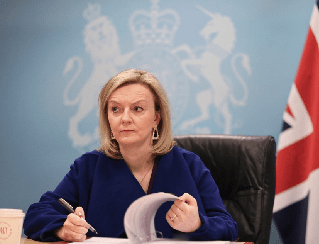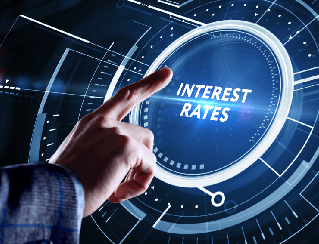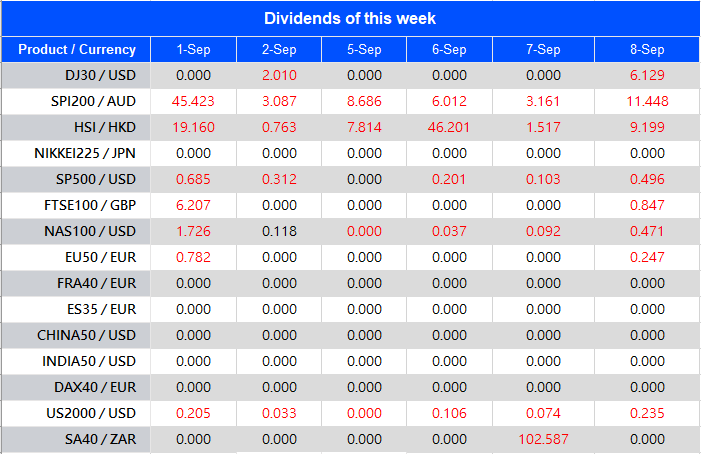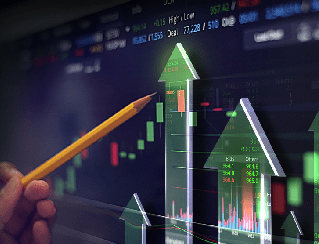Understanding spot trading
Spot trading involves a real-time assessment of current prices in the foreign exchange market. When an individual makes a spot trade, the value of the currencies they are working with is based on these real-time price movements — i.e., the currency value at the exact moment a trade is made.
As forex is a highly volatile and liquid market, these values can change quickly. Often, the value of two currencies in relation to one another will vary by the second, which is why careful reading of market movements is required for successful trading.
Traders may decide to go long when they open a position in the forex market. This means essentially buying a currency at the current spot price, expecting it to increase in value. The trader may decide to keep this position open for just a few minutes or seconds (known as scalping), for a few hours (known as day trading), or for longer, depending on their strategy. The opposite of going long is to go short, which means opening a selling position — traders choose this approach if they believe the currency value will fall in relation to the current spot price.
The benefits of forex spot trading include access to a highly liquid market, a relatively straightforward trading technique, and the opportunity to increase exposure via leverage. However, just because the strategy has its advantages, this does not mean results are guaranteed — traders still need to take steps to mitigate risk in the market.
Spot trading and pips
When individuals research and execute an FX spot trade, they need to be able to measure the movements in the market. This is where pips come into play. Pips in forex are incremental movements of price — which can be in the upward or downward direction depending on current market forces.
Generally, a pip is a movement at the fourth decimal place of the currency value — a minimal shift or up or down that is worth less than a single cent to traders. In some cases where the denomination of a currency is very small, a pip may represent a price movement at the second decimal place.
While these pips are small, they are critical to understanding the forex market. Once a spot trade has been executed, pips are used to measure the subsequent movements of its value, which will tell the trader whether or not their trade has been successful. Traders need to remember that positions move up and down regularly, so they need to view the aggregate progress of the currency value to understand their trade better.
For example, a day trader may see their position fall multiple times over the course of the trading day. Still, its overall value will increase as long as the upward movements outweigh the downward movements. Only scalper traders will need to focus on individual pip movements on a second-by-second basis.
Spot trading and leverage
As we’ve just seen, a spot transaction is based on the current price of a currency, represented in pips. While these pip movements are very small, traders can maximise the exposure they experience in the market through a process known as leverage. When they increase their exposure in this way, traders have the potential to receive a significant profit from their transactions. However, increased risk comes with increased exposure, and traders are in danger of severe losses when using leverage.
Using leverage in forex means borrowing capital to supplement the trader’s own capital. So, a trader may leverage a position at 10:1 — for every $1 they use to open the trade, they borrow a further $10. In this example, the trader can control a position worth 10x the value of an unleveraged position. In relation to spot trading, the transaction is still based on the current spot value, which is multiplied by the amount of leverage involved. The leveraged capital will need to be paid back at the end of the trade — this will be taken from the trader’s profits if the position is successful or paid back in another way if the position is unsuccessful.
The difference between spot trading and forex derivatives
When traders develop their forex strategy, they choose between several different derivatives. Spot trading is not a derivative — the value of a currency pair is based on the real-time pricing of the currencies involved. A derivative is a trading instrument derived from underlying forex data. FX options and swaps are examples of derivatives.
Take a look at the key differences between spot trading and derivatives.
- Spot trading and FX futures
An FX future is a contract that is traded across the exchange. This is a standardised instrument with predetermined parameters, and the contract will lock in the current spot trade value for the duration of the future. After this point, the spot trade value will change but the value of the future will not. Once the futures contract reaches maturity, the trade will need to be executed.
- Spot trading and FX forwards
FX forwards are similar to futures and lock in the current spot trade value
for the duration of the contract. The difference is that forwards are sold over the counter (OTC) and can be customised to meet the individual needs and expectations of the trader.
- Spot trading and FX options
FX options also use the current spot trade value and lock this value in for the duration of the contract. The difference between options, forwards and futures is that options do not carry an obligation to complete the trade at the end of the contract duration.
- Spot trading and FX swaps
FX swaps involve trading an amount of one currency for an equivalent amount of another currency, based on the current FX spot trading value. Interest is paid on the trade, then the trade is reversed at the end of the swap duration. This differs from futures, forwards and options because the currency is exchanged straightaway when the contract is enacted.
Spot trading for beginners: a how-to guide
How do traders get started with FX spot trading and learn FX techniques? Take a look at our step-by-step guide to controlling positions and building a strategy.
1. Open a trading account
Spot trades will need to be executed via a brokerage platform. This means traders will need to set up an account on their chosen platform before they can begin analysing prices and opening positions.
2. Use a demo account to build experience
Beginner traders should use their platform’s demo account to grow their experience. The demo account provides a risk-free practice environment where no money is exchanged. This is a necessary step for anyone learning how to trade forex.
3. Define a strategy
FX spot trading decisions should not be made with haste. Instead, they should adhere to a predetermined strategy. Traders should decide ahead of time whether they want to open a short-term position, such as a scalping or day trading position, or adopt a longer-term focus.
4. Analyse price movements
While spot trading is based on real-time pricing data, price movements and trends define whether or not the trade is successful. Traders should analyse the progress of spot trading values over time as they identify the ideal currency to trade.
5. Put protection in place
Before the trade is opened, it’s essential to put protective measures in place. Stop-loss and take-profit features will automatically close the position if the currency value strays outside set parameters — both effectively ensure a sustainable and responsible trading strategy.
6. Open the position
With everything in place, the trader will open their position based on the current spot value of the currency. While the trade is open, traders should continue to analyse price movements to assess its progress and chances of success.
7. Close the position
Once the trader feels the time is right, they can close their position. This means they will take any of the profits produced by the trade and absorb any of the losses accrued if the trade is unsuccessful.
Enjoy spot trading with VT Markets
VT Markets helps you reach your highest earning potential. As a leading broker, VT Markets gives you tightest spreads and advantageous leverage offerings of up to 500:1. Combined with all the best tools, you can start perfecting your trading strategy to reach your highest earning potential.
If you still want to figure out just how spot trading works, you can open a demo account to practice risk-free, until you’re ready to graduate to a full trading account. Contact us to find out more!

























